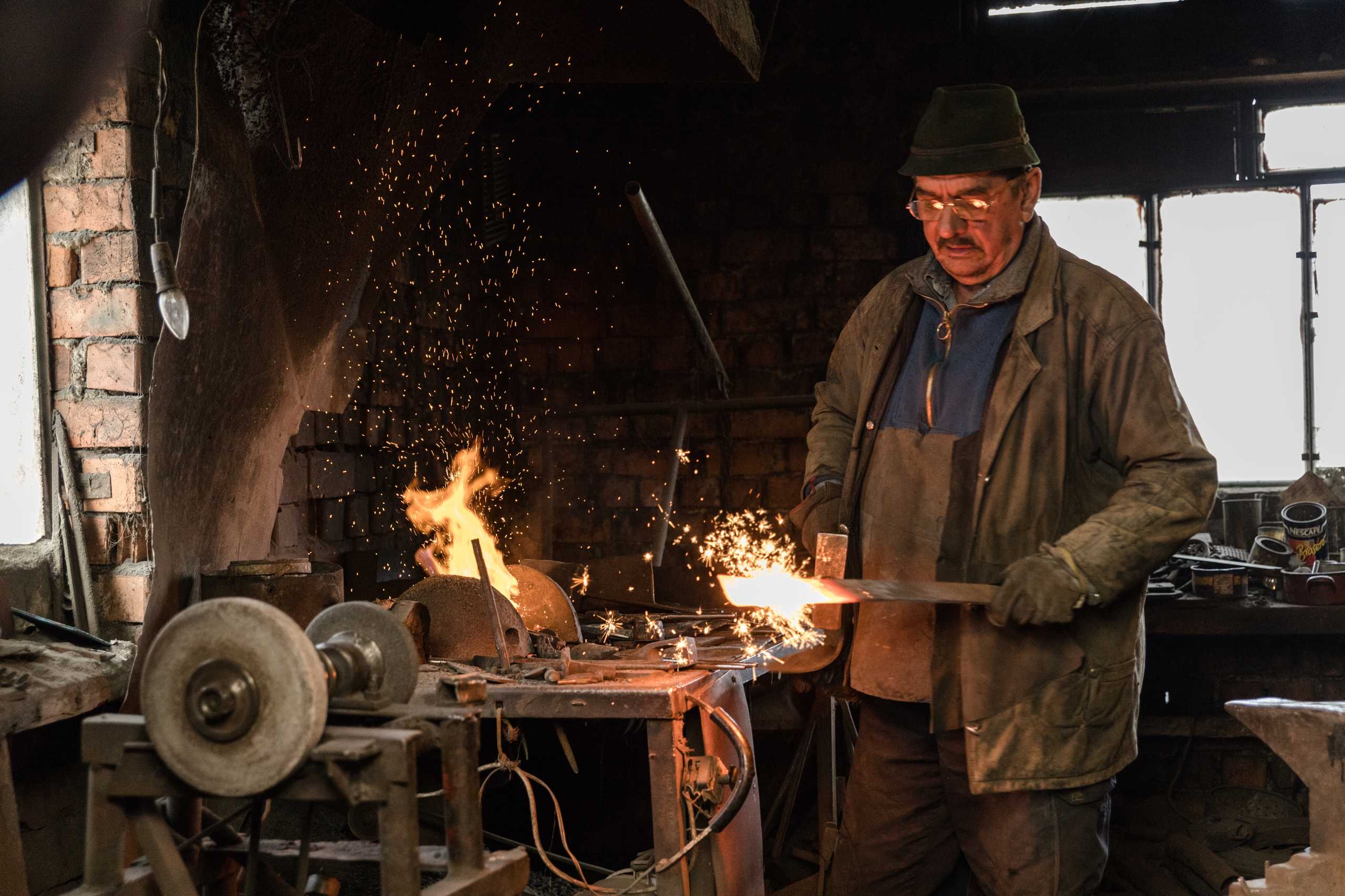
Metal sculpting transforms raw, unshaped materials into captivating works of art. Unlike functional forging, sculpting focuses on form, expression, and creativity. Each piece reflects the artisan’s vision, skill, and understanding of metal as a living medium.
From Concept to Creation
Every sculpture begins with an idea. Sketches, small prototypes, or mental images guide the process:
- Design Planning – Visualizing the final piece and planning its dimensions and proportions.
- Material Selection – Choosing the right type of steel or iron to suit weight, texture, and malleability.
- Initial Shaping – Using hammers, anvils, and forges to create the basic form.
Techniques That Bring Life
Sculptors employ multiple techniques to achieve detail and expression:
- Welding and Joining – Combining multiple pieces to form complex structures.
- Texturing – Hammering, chiseling, or engraving surfaces for depth and character.
- Polishing and Finishing – Enhancing visual appeal while protecting the sculpture from corrosion.
Inspiration and Expression
Metal sculpting allows artisans to explore abstract ideas, natural forms, or symbolic designs. Each piece carries emotion, history, and imagination, connecting the viewer with the maker’s creative journey.
Conclusion
Learning metal sculpting opens doors to limitless creativity. From small decorative items to monumental installations, every creation embodies dedication, skill, and artistic vision, turning raw metal into stories that last generations.
